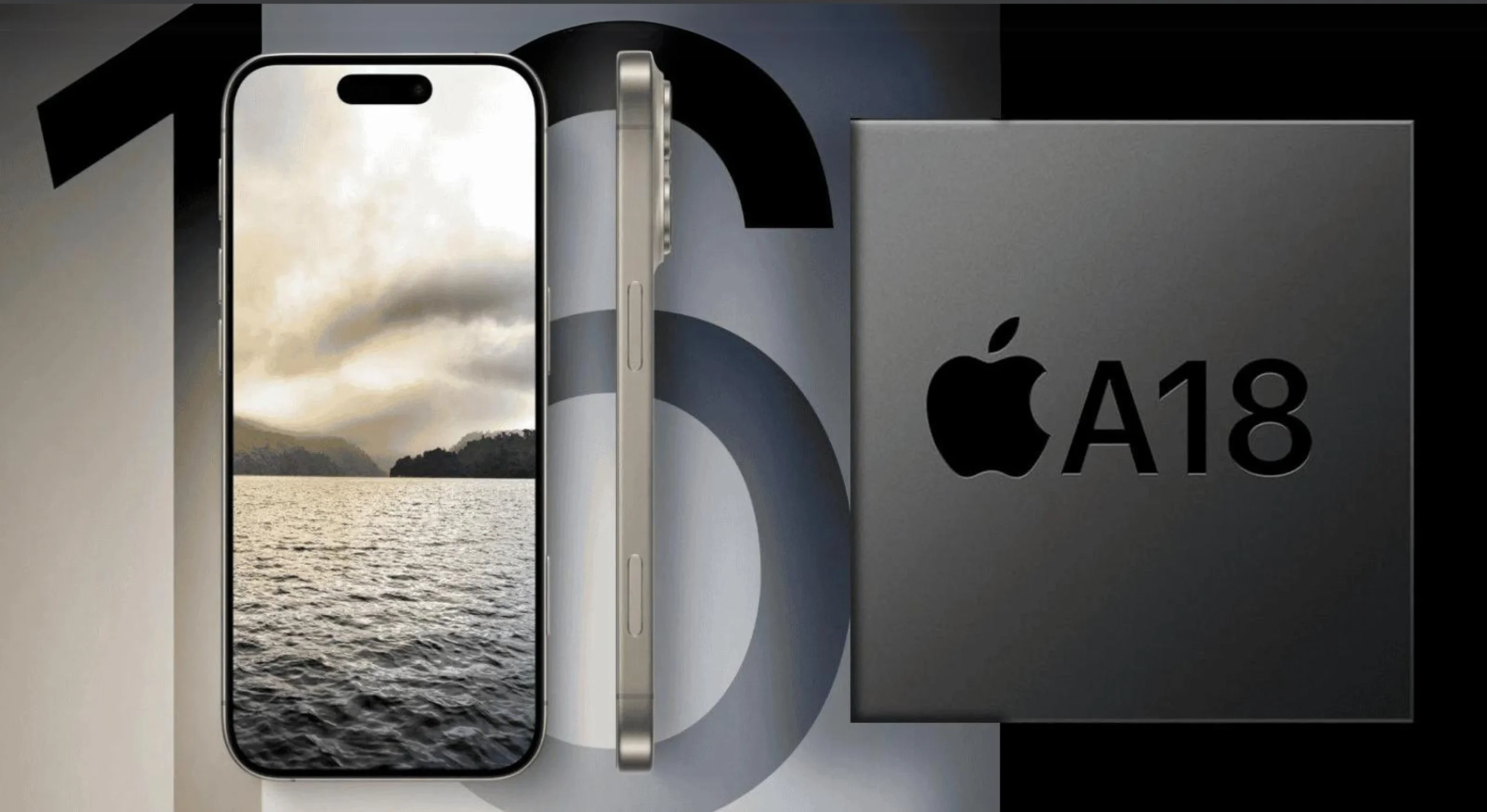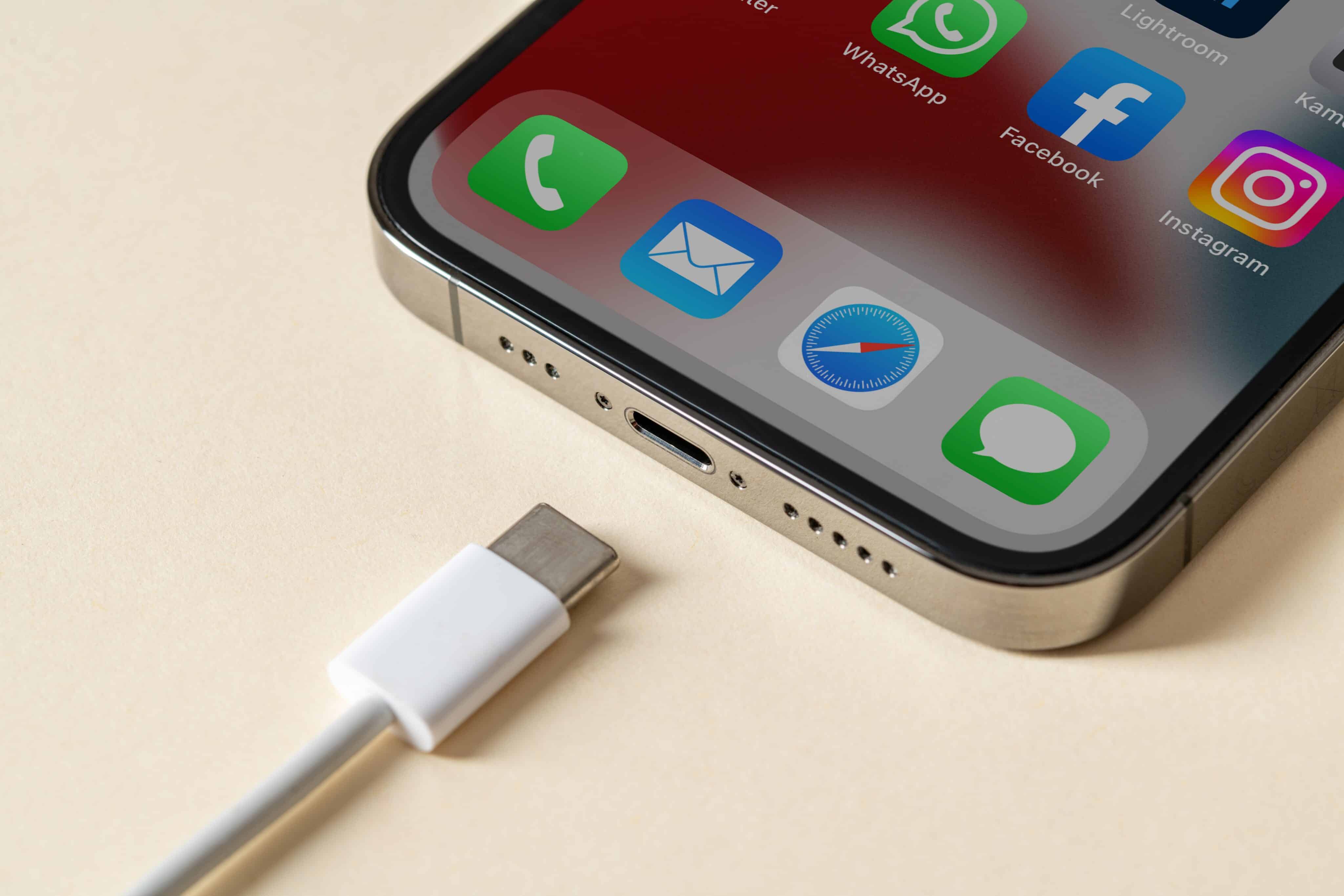The iPhone 16 series, which was launched in 2024 and has been widely reviewed by technology publications, represents Apple’s latest iteration in smartphone technology, catering to a broad spectrum of users with its standard, Pro, and Pro Max models. This review synthesizes insights from multiple sources to provide an in-depth comparison, focusing on design, display, performance, camera, battery life, and software features including Apple Intelligence. Complementing these features are a refined design with materials like titanium on the Pro models, larger OLED displays with up to 120Hz, increased performance from the A18 Bionic chip, 48MP cameras with advanced computational photography, up to 30 hours of battery life on the Pro Max, and Apple Intelligence, which provides intuitive virtual assistants and automatic editing tools.
Design:
The standard iPhone 16 model maintains a familiar aesthetic with notable updates. It weighs 170 grams and is constructed with aerospace-grade aluminum and Ceramic Shield glass, and is available in vibrant colors like pink, teal, ultramarine, black, and white (Tom's Guide: iPhone 16 Review). It measures 5.8 x 2.8 x 0.31 inches, features a vertical camera arrangement for spatial video/photo support, and introduces the Action button and Camera Control button for added functionality. The pressure-sensitive Camera Control button replicates a shutter and supports swipes for zoom/exposure, a feature previously exclusive to the Pro (Tom's Guide: iPhone 16 Review).
The iPhone 16 Pro and Pro Max models elevate the design with a titanium band, offering greater durability and a premium look. They come in Black Titanium, White Titanium, Natural Titanium, and Desert Titanium, with thinner bezels for a modern look. The Pro measures 5.89 x 2.81 x 0.32 inches and weighs 7.03 ounces, while the larger Pro Max at 6.9 inches may present challenges for one-handed use due to its size (Tom's Guide: iPhone 16 Pro Review, TechRadar: iPhone 16 Pro Max Review).
Screen and Performance:
The Pro Max mirrors this with a 6.9-inch display, improving the viewing experience for media consumption. In terms of performance, the standard model is equipped with the A18 chip, on a 3nm process, showing Geekbench 6 scores of 3,301 single-core and 8,033 multi-core, a 30% improvement in CPU over the A16 Bionic in the iPhone 15 (Tom's Guide: iPhone 16 Review).
It supports hardware-accelerated ray tracing, beneficial for games like Resident Evil Village, although the 60Hz display impacts fluidity.
The Pro and Pro Max models feature the A18 Pro chip, with Geekbench scores of around 3,400 single-core and 8,341 multi-core, offering 50% faster single-core performance compared to the Galaxy S24 Ultra (Tom's Guide: iPhone 16 Pro Review). This ensures top performance for demanding tasks, with 3DMark Solar Bay scores of 7519/28.6 fps, 22% faster than the iPhone 15 Pro.
Camera:
Battery Life and Charging:
Battery life sees significant improvements across the series. The standard iPhone 16 delivers 13 hours and 19 minutes in Tom's Guide's benchmark, a 20% improvement over the iPhone 15's 11 hours and 5 minutes, with 20W charging, reaching 57% in 30 minutes with a 30W charger (Tom's Guide: iPhone 16 Review). The Pro model extends that to 14 hours and 7 minutes, with 20W charging (56% in 30 minutes) and 25W MagSafe wireless (Tom's Guide: iPhone 16 Pro Review).
The Pro Max leads the way with over 18 hours, ranking third on Tom's Guide's best battery life list, behind only the OnePlus 12R and Asus ROG Phone 8 Pro, with similar charging details to the Pro (TechRadar: iPhone 16 Pro Max Review).
Software Features and Apple Intelligence:
All models run the latest version of iOS, with the iPhone 16 series supporting Apple Intelligence, a suite of AI features expected to roll out in updates, though not fully available at launch (WIRED: iPhone 16 and iPhone 16 Plus Review). Features like real-time transcriptions in Voice Notes and call recordings are anticipated, improving the user experience.
Model | Screen | Chipset | Camera | Battery |
|---|---|---|---|---|
iPhone 16 | 6.1", 60Hz, OLED | A18 | 48MP+12MP, sem telephoto | 13h 19m |
iPhone 16 Pro | 6.3", 120Hz, OLED | A18 Pro | 48MP+48MP+12MP, zoom 5x | 14h 7m |
iPhone 16 Pro Max | 6.9", 120Hz, OLED | A18 Pro | 48MP+48MP+12MP, zoom 5x | More than 18h |
Conclusion:
The standard iPhone 16 is ideal for most users, offering a balance of features at a lower price point, with a 6.1-inch display and robust battery life. The iPhone 16 Pro caters to those who need a compact Pro experience, with advanced camera capabilities and a 120Hz display. The iPhone 16 Pro Max, with its 6.9-inch display and longer battery life, is better for media enthusiasts, though its size may be less practical for some. Each model caters to different needs, with the Pro models particularly appealing to professional and hardcore users.




%20(1).webp)